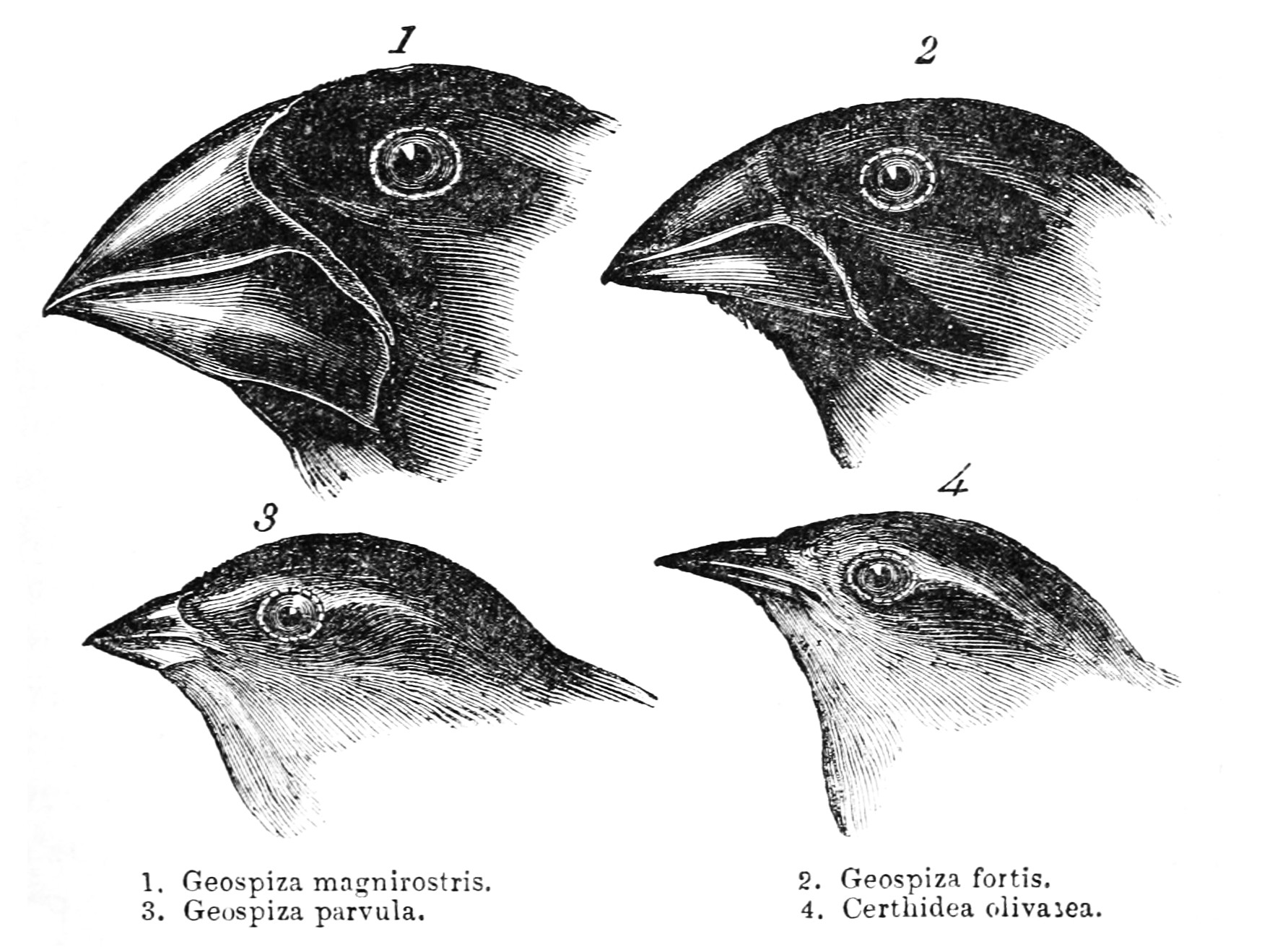
Red Queen hypothesis
The Red Queen's hypothesis is a hypothesis in evolutionary biology proposed in 1973, that species must constantly adapt, evolve, and proliferate in order to survive while pitted against ever-evolving opposing species. The hypothesis was intended to explain the constant (age-independent) extinction probability as observed in the paleontological record caused by co-evolution between competing species;[1] however, it has also been suggested that the Red Queen hypothesis explains the advantage of sexual reproduction (as opposed to asexual reproduction) at the level of individuals,[2] and the positive correlation between speciation and extinction rates in most higher taxa.[3]
For the incident in Through the Looking-Glass, see Red Queen's race.Competing evolutionary ideas[edit]
A competing evolutionary idea is the court jester hypothesis, which indicates that an arms race is not the driving force of evolution on a large scale, but rather it is abiotic factors.[27][28]
The Black Queen hypothesis is a theory of reductive evolution that suggests natural selection can drive organisms to reduce their genome size.[29] In other words, a gene that confers a vital biological function can become dispensable for an individual organism if its community members express that gene in a "leaky" fashion. Like the Red Queen hypothesis, the Black Queen hypothesis is a theory of co-evolution.
Publication[edit]
Van Valen originally submitted his article to the Journal of Theoretical Biology, where it was accepted for publication. However, because "the manner of processing depended on payment of page charges",[1] Van Valen withdrew his manuscript and founded a new Journal called Evolutionary Theory, in which he published his manuscript as the first paper. Van Valen's acknowledgement to the National Science Foundation ran: "I thank the National Science Foundation for regularly rejecting my (honest) grant applications for work on real organisms, thus forcing me into theoretical work".[1]